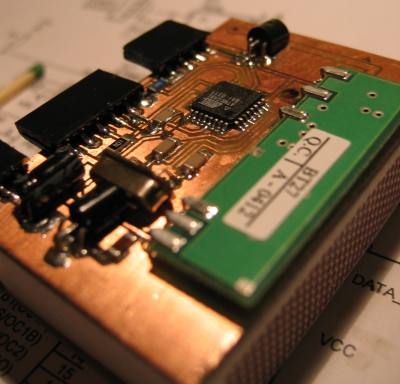Matplotlib is a nice Matlab-like environment for Python. If you encounter a backend related problem while using Matplotlib [1] on a Python Virtualenv [2], then you need to explicitly select one (i.e. backend : Qt5Agg) in a ~/.config/matplotlib/matplotlibrc (or directly in a matplotlib file located in current working directory) configuration file. Then remember to use modern interpreter and meet dependencies requirements. Example below:
$ mkdir ~/.matplotlib $ echo "backend : Qt5Agg" >> ~/.config/matplotlib/matplotlibrc $ echo "backend : Qt5Agg" >> matplotlibrc $ python3.6 -m venv venv-mac-36 $ source venv-mac-36/bin/activate $ which python $ pip install matplotlib pyqt5
Now you can use Matplotlib inside created Python Virtualenv (assuming you had Python 3.6 and Qt5 [3] already installed on your system). Other backends are: TKAgg, GTKAgg, Qt4Agg, Qt5Agg, WXAgg [4].
[1] https://matplotlib.org/
[2] https://www.python.org/
[3] https://www.qt.io/
[4] https://matplotlib.org/faq/usage_faq.html
